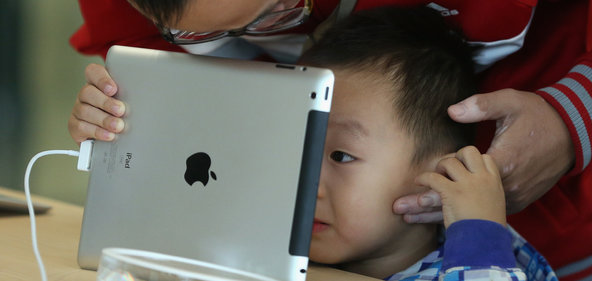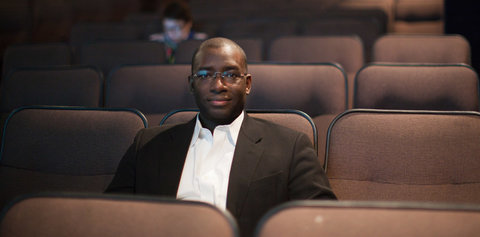The company, based in Espoo, Finland, on Thursday announced a 24 percent decline in its second-quarter sales, to 5.7 billion euros, though it narrowed its second-quarter losses to 227 million euros, or $298 million, compared with a loss of 1.4 billion euros a year earlier.
The losses were lower than analysts’ estimates, but it is the eighth time in the last 10 quarters that Nokia has reported a net loss. The company saw a glimmer of light in the doubling of sales of its Lumia smartphone line. But Nokia, once the world’s largest cellphone maker, now ranks third behind Samsung and Apple and faces mounting competition from cheap devices made in emerging markets like China and India.
“When you are going through a difficult transition, you have to stay focused,” Nokia’s chief executive, Stephen A. Elop, said in an interview. “It’s hard work, but we’ve got a lot of positive things happening.”
Investors, however, disagreed, sending the company’s share price down 2.7 percent in trading in Europe on Thursday.
While Nokia still remains one of the world’s largest manufacturers of cellphones, the company now relies heavily on its cheaper, low-end models, which are primarily sold in developing economies.
These devices represented almost 88 percent of the 61.1 million handsets that Nokia sold in the second quarter, and have fewer features than high-end smartphones, which are much more profitable to sell. Growing competition from rivals in emerging markets, many of which use Google’s Android software, is eating into Nokia’s earnings.
In total, the company’s non-smartphone division reported a 27 percent drop in the number of units sold, to 53.7 million, compared with the same period last year. The figure is almost half of the total sales that Nokia reported at the end of 2011, and it said on Thursday that it would cut up to 440 additional jobs from the division.
In countries like China, where a growing middle-class population is clamoring for new phones, the number of devices sold by Nokia fell almost 50 percent versus the second quarter of 2012.
“There’s no good news at the lower end of the market,” said Roberta Cozza, a research director at Gartner in London. “The problem is that there are so many local emerging market players looking to build up market share.”
Faced with cutthroat rivals for its cheaper phones, Nokia also is trying to gain traction in the high-end smartphone market through its partnership with Microsoft. The strategy is proving difficult.
Smartphones running Windows software hold less than a 4 percent market share, compared with 74 percent that use the Android operating system, according to Gartner.
Yet, in a sign of some growing customer interest, Nokia reported sales of its Lumia line of smartphones almost doubled to 7.4 million units during the three months through June 30 compared with the same period last year.
The figure represents the largest number of Lumia phones ever sold in a quarter by Nokia since their introduction in 2011Last week, the company announced a new Lumia phone with a camera that has a 41-megapixel sensor.
Analysts welcomed the rising number of Lumia sales. But they raised concerns that the average price of Nokia’s smartphones fell almost 18 percent, to 157 euros, in the second quarter.
“The market would have liked to see more phones sold, but it’s a strong figure for smartphones,” said Janardan Menon, an analyst at Liberum Capital in London. “The more worrying trend is around Nokia’s average phone price. They have to bring that figure up.”
The main cause for the reduction was related to consumers’ continued preference for the company’s less advanced smartphone options, instead of its top-of-the-range devices.
Nokia said that it expected its third-quarter phone sales to outpace those for period just ended.

Article source: http://www.nytimes.com/2013/07/19/technology/nokia-sales-continue-to-fall.html?partner=rss&emc=rss




